Top 30 of the most interesting historical sites in Europe
30 interesting historical sites to see in Europe (Part 2)
In this second part, you will see the continuation of my top 30 most interesting historical sites in Europe. On this page you will discover other types of historical sites such as Neolithic sites, Roman amphitheatres, places marked by war, fortresses, … always accompanied by general information, tips and my own photos.
Map of the most interesting historical sites in Europe
Top 30 of the most interesting historical sites in Europe (Part 2)
Carnac is a commune located in Brittany in the west of France. This town is known for the famous megalithic sites of Carnac composed of thousands of menhirs aligned during the Neolithic period. The 3,000 menhirs and dolmens are 7,000 years old and are grouped together on three sites: Ménec, Kermario and Kerlescan, which are close to each other. Visits to these historic sites can be made by yourself for free or with a guide. If you choose to go alone (which is very easy), I advise you to start at the Maison des Mégalithes to get information (maps, exhibitions, explanatory videos…) which will be useful to discover and better understand this historical site which still keeps many mysteries. Moreover, Carnac is a pretty seaside resort on the Atlantic coast, between the Gulf of Morbihan to the east and the Quiberon peninsula to the west.
In the north of Italy, I strongly advise you to visit the magnificent city of Verona, listed as a UNESCO World Heritage Site in 2000, and in particular its arenas, which were originally a superb Roman amphitheatre, built in 30 AD. In ancient times, it welcomed up to 30,000 people to see what were called the “circus games” (gladiatorial combats, battle re-enactments, wild animal hunts, etc.).
32 metres high, 142 metres long and 110 metres wide, the Verona amphitheatre is considered the third largest Roman amphitheatre, after the Colosseum and Capua, but it is clearly the best preserved of all and the acoustics are remarkable. Indeed, in its arena you can even attend opera performances. This is an experience I had and I recommend it if you are in Verona.
At the same time, don’t miss the “Romeo and Juliet balcony” which is located in a townhouse on via Cappello in the historic centre of Verona. This house is said to have belonged to the Italian noble family Dal Cappello (supposed to be Juliet Capulet’s), and where her lover Romeo Montague is said to have courted her and declared his love at the foot of this famous balcony.
In the south of France, I advise you to discover the magnificent city of Carcassonne which will plunge you totally into the Middle Ages. The origin of this fortified medieval city goes back to the Gallo-Roman period. It was then a Visigothic stronghold, a county, a viscounty and finally a royal seneschauzee. Each of these periods, from the Roman to the Middle Ages, has left historical traces in the buildings that make up the medieval city of Carcassonne. At the end of the Middle Ages, the city was gradually abandoned in favour of the lower town of Carcassonne, and due to its change in strategic importance after the signing of the Treaty of the Pyrenees, which formalised the peace between the Spanish crown and France. In the 19th century, the city began to be renovated, notably with the approval of a restoration project by Napoleon III in 1853.
The medieval city of Carcassonne is best known for its imposing double fortified walls, which are almost 3 km long and have 52 towers. It also includes a beautiful castle and a large basilica which I strongly advise you to visit as well. Since 1997, the Cité de Carcassonne has been a UNESCO World Heritage Site. Today, this splendid historical site is an important tourist site that welcomes more than 2 million visitors per year.
Useful links
In high season, I strongly recommend you to book your ticket online in advance to avoid long queues. Below you will find a few excursions to help you visit the medieval city of Carcassonne :
The Wieliczka salt mines are located near Krakow in Poland. Exploited since the 18th century, its mines of exceptional dimensions (327 metres deep on 9 levels and with about 300 kilometres of galleries), are nowadays visitable, since the end of their mining exploitation and the creation of the “Mining Route” in 2012.
The tour of the mine, which is a UNESCO World Heritage Site, takes about 2 hours. The tour covers only 1% of the total surface area of the galleries, but this is enough time to admire several of its sights: salt lakes, beautiful underground chambers with salt sculptures, old mining tools and machinery, as well as the incredible St. King’s Chapel at 101 metres below ground level. This chapel has a 12 metre high ceiling, which is decorated with delicate salt crystal chandeliers. In this room, which took almost 70 years to decorate, you can also admire a salt sculpture of Polish Pope John Paul II. With Krakow and the Auschwitz camp also present in this area, that’s already at least 3 good reasons to visit this Polish region.
Useful links
To help you visit the Wieliczka salt mines, I suggest below some guided tours :
If you visit Ukraine, I strongly advise you to visit its monasteries which are really splendid places full of history. For example, you can visit the Kiev Cave Lavra, an important Orthodox monastery founded in 1051 by monks from Mount Athos in Greece. The monastery, which has been a UNESCO World Heritage Site since 1990, is now the residence of the primate of the Ukrainian Orthodox Church and also one of the largest museums in Ukraine. Also worth seeing is the Monastery of St Michael the Golden Dome, which was built between 1108 and 1113 on a steep rock face in the “Upper Town”. This magnificent building, a model of Ukrainian Baroque architecture, is dedicated to St Michael, the patron saint of Kiev.
In the 1930s, the monastery was destroyed during the Soviet period, but was fortunately rebuilt after Ukraine’s independence in 1991. Finally, in Kiev you can also visit the Monastery of St Michael of Vydubysh which was founded in 1070 by the Great Prince of Kiev Vsevolod I and became the family monastery for his descendants.
Located in Barcelona, Spain, the Sagrada Família is a sublime basilica, which is one of the symbols of the city and even one of the most emblematic monuments of Spain.
The construction of this magnificent building began in 1882 with its designer and first architect: Antoni Gaudí. After his death in 1926, 6 architects succeeded each other to arrive at the current state of the basilica. This work was supposed to be finished in 2026, the centenary of Gaudí’s death, but due to the COVID-19 pandemic, the date may be postponed.
The Sagrada Família is one of the best-known examples of Catalan modernism, an artistic movement of Catalan origin that was part of the Art Nouveau trend in Europe. The façade of the Nativity and the crypt of the Sagrada Família, built during Antoni Gaudí’s lifetime, were declared a UNESCO World Heritage Site in 2005. On 7 November 2010, the basilica was consecrated by Pope Benedict XVI. If you visit Spain, don’t miss visiting this masterpiece of Catalan architecture, which is one of the most visited monuments in Spain along with the Alhambra in Granada and the Prado Museum in Madrid.
Useful links
In high season it is advisable to book your ticket in advance, these links below should help you :
Chambord Castle is located in central France, in the heart of the largest enclosed forest park in Europe. This symbol of the French Renaissance is the largest of the Loire castles, with its gardens and hunting park classified as historical monuments.
The origins of the present castle date back to the 16th century with the reign of King François I of France, a lover of the arts and hunting, who began building it in 1519. Chambord Castle, whose design some attribute to Leonardo da Vinci, was completed during the reign of Louis XIV. The latter resided there on several occasions, notably for great hunting parties and for the first performance in 1670 of the famous comedy: the Bourgeois gentilhomme, by Molière.
The Chambord Castle is as beautiful on the outside as it is on the inside, with its famous central double staircase, the design of which is attributed to the brilliant inventor Leonardo da Vinci. Since 1981, this jewel of French Renaissance architecture has been a UNESCO World Heritage Site.
Useful links
For more information such as opening times and prices, I suggest you visit this site : https://www.chambord.org/en
From Paris, you can simply drive there or take day trips like these :
Located in the city-state of the Vatican, in the heart of Rome, St Peter’s Basilica is the most important religious building in Catholicism and the largest Catholic church in the world. It is also one of the holiest places in Christianity as it houses the tomb of St Peter, the first bishop of Antioch and Rome, and therefore the first pope.
St. Peter’s Basilica was built between 1506 and 1626 on the very spot where the first pilgrims came to worship St. Peter and where the circus of Caligula and Nero once stood. The most important architects of St. Peter’s Basilica were Bramante, Maderno, Bernini, and Michelangelo. The latter is also the painter of the famous masterpiece that you can also admire in this basilica: The fresco on the ceiling of the Sistine Chapel.
The Vatican is a UNESCO World Heritage Site and St Peter’s Basilica is one of the most visited monuments in the world. It is also an important place of pilgrimage which gathers every Sunday on the superb esplanade of St Peter’s Square, at least 150,000 Catholics for the Papal Angelus.
Useful links
You can visit this jewel of Christian architecture with, for example, the following excursions, which will save you a long queue and allow you to be well guided :
About 120 kilometres southwest of Minsk, the capital of Belarus, is the imposing and beautiful Mir Castle. This prestigious building of Gothic architecture was begun in the late 15th century for Duke Ilinich. Around 1568, Prince Radziwiłł completed its construction, adding a Renaissance style, and it became the property of the powerful aristocratic house of Radziwiłł. Abandoned for more than a century, and having suffered much damage during the Napoleonic period, it would be restored during the 19th and 20th centuries.
In 1987, Mir Castle was placed under the guardianship of the National Museum of Arts of the Republic of Belarus, and it was listed as a Unesco World Heritage Site in 2000. So if you are visiting Belarus, this is a historical site not to be missed.
Useful links
To visit this very large castle, you can go through these excursions to better understand the history :
In southern Poland, not far from the beautiful city of Krakow and the splendid salt mines of Wieliczka, you can visit the Auschwitz concentration camp.
Following the invasion of Poland in September 1939, the territory of Oświęcim (Auschwitz in German) and Brzezinka (Birkenau in German) became part of the Reich. This camp was the largest concentration camp complex of the Third Reich, initially a concentration camp from 1940, and then with the addition of an extermination centre in 1942. In five years, more than 1,100,000 men, women and children died in Auschwitz, 90% of them Jews, but also Gypsies and prisoners of war. On 27 January 1945, the camps were liberated by the Red Army.
This historical and cultural site, which is very important for the “duty of remembrance”, has been listed as a Unesco World Heritage Site since 1979 and we can now visit it. The site is the most visited Polish cultural institution in the country.
Useful links
To visit this dramatic historical site and better understand what happened there, you can use for example the excursions below :
In Andalusia, in the south of Spain, I strongly advise you to visit the sublime Alhambra of Granada. Located on the Sabika plateau and dominating the city of Granada, this medieval acropolis, considered the most majestic in the Mediterranean world, is made up of four main parts: the Alcazaba, the Nasrid palaces, the Generalife, its gardens, and the Palace of Charles V.
This splendid palace complex was begun in 1238 by the founder of the Nasrid dynasty, Mohammed ben Nazar. His son Mohammed II undertook the fortification of the site, and then each sovereign added elements or built new parts. The Nasrid style reached its apogee in the 14th century, then declined with the reconquest of Spain by the Christians and in particular the fall of Granada in 1492. Because the Alhambra of Granada was so beautiful, it was not destroyed by the Catholic kings and even served as a royal residence when the kings visited Granada.
This major monument of Islamic architecture was listed as a UNESCO World Heritage Site in 1984 and it welcomes millions of visitors a year.
Useful links
You will find all the practical information you need to visit the Alhambra of Granada on the website : https://www.alhambradegranada.org/en/.
To fully understand the history of this place, I recommend the following guided tours :
During the Second World War, on 6 June 1944, more than 150,000 Allied, American, British and Canadian soldiers landed on the beaches of Normandy in France to liberate it from German occupation. This largest amphibious and airborne operation of all time took place on 5 beaches: Utah Beach, Omaha Beach, Gold Beach, Juno Beach, Sword Beach.
Nowadays, the D-Day Beaches, as well as its military cemeteries, museums and other monuments in the vicinity, welcome millions of visitors who come to pay their respects, to better understand the events that took place there and to pay tribute to the soldiers who liberated France.
Useful links
From Paris, or other cities, you can spend the day visiting its very interesting historical sites with these excursions for example :
Located on the island of Sardinia in the Mediterranean, Su Nuraxi is a magnificent archaeological site that brings together the remains of prehistoric defensive constructions dating from the 13th to 6th centuries BC.
Su Nuraxi is also one of the best preserved megalithic monumental sites in Europe. You can discover its fortress, towers, walls and “nuraghes”: small conical towers made of megaliths which are one of the symbols of Sardinia. If you visit this Italian island and enjoy its beautiful beaches, don’t miss the chance to learn more about this historic site, which is a UNESCO World Heritage Site.
Useful links
To visit this site, I suggest the following guided tours to fully understand the historical importance of this place :
Located in the west of France in Normandy, Mont-Saint-Michel is a French commune famous for its rocky islet and its magnificent bay, which are listed as a UNESCO World Heritage Site. I strongly advise you to discover this rocky islet on which is built a picturesque town with steep streets, shops, restaurants and above all the magnificent abbey of Mont-Saint-Michel whose construction dates back to the beginning of the 13th century…
This place is also very important historically as it is a stopover on the Pilgrim’s Way to Santiago de Compostela, pilgrims from Northern Europe used to stop here on their way to Galicia. Nowadays, Mont-Saint-Michel and the splendid bay that surrounds it are among the ten most visited places in France with nearly 2.5 million visitors each year.
Useful links
To prepare your visit in advance, I recommend you to visit the website : https://www.ot-montsaintmichel.com/en/, where you will find the latest opening hours and prices.
You can also visit Mont-Saint-Michel from Paris thanks to these excursions for example :
Located in northern Italy, the Duomo di Milano (Italian: Duomo di Milano) is a sublime Gothic cathedral in the centre of Milan. This architectural masterpiece is the third largest church in the world after St. Peter’s in Rome and Seville.
Milan Cathedral, also known as the “Marble Hedgehog” because of its 135 spires, was started by Gian Galeazzo Visconti (the Duke of Milan) in 1386 but was stopped and only resumed 500 years later by order of Napoleon Bonaparte. The Duomo of Milan was finally completed in 1887.
Nowadays, this cathedral is a must-see when visiting northern Italy, you’re sure to be overwhelmed by its interior and exterior beauty, as well as its incredible and atypical panoramic terrace.
Useful links
To visit this sumptuous cathedral or the city of Milan, I suggest the following excursions :
Let’s share our information! Let us know what other places you think should be in this top 30 list of the most interesting historical sites in Europe.
If you just liked this page and want to send good vibes, or if you have any questions, this comment area is also for that.


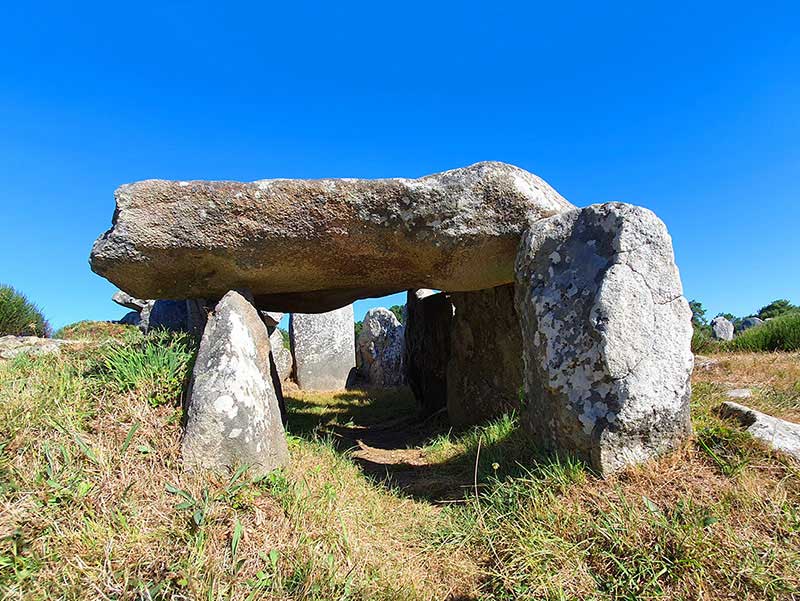


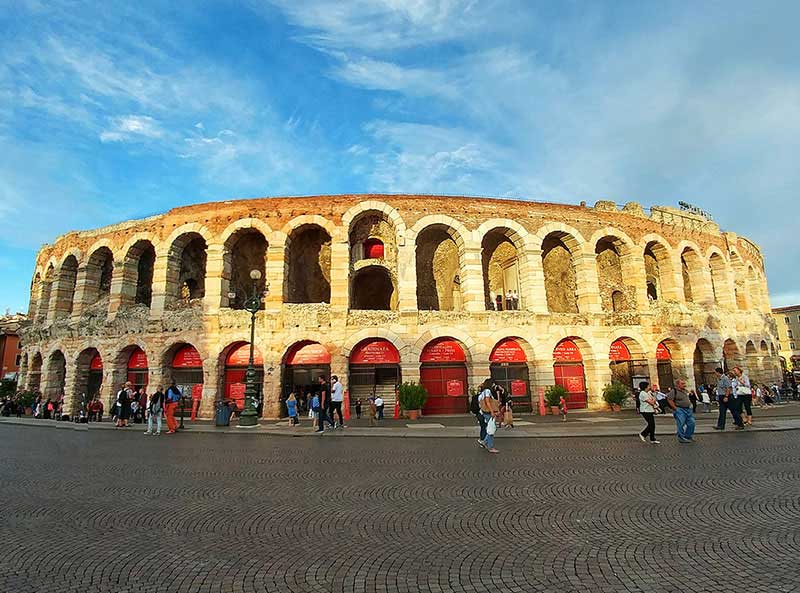
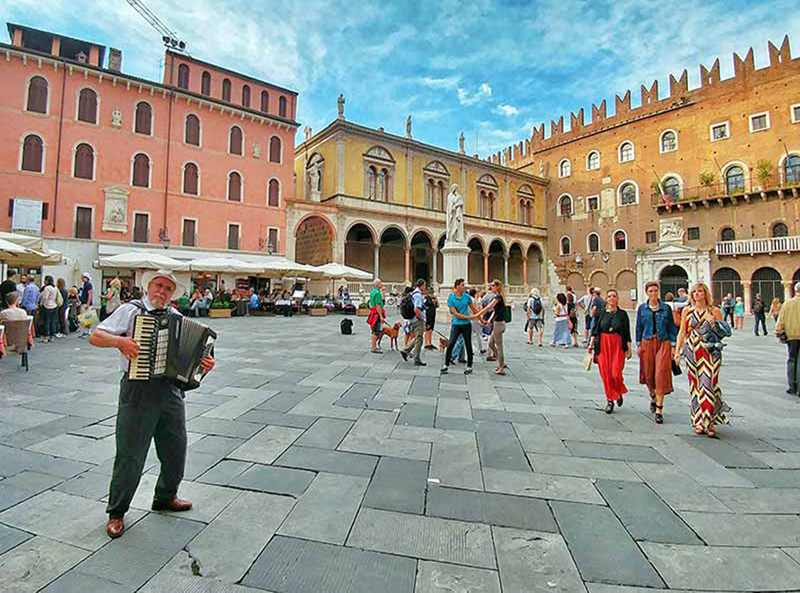

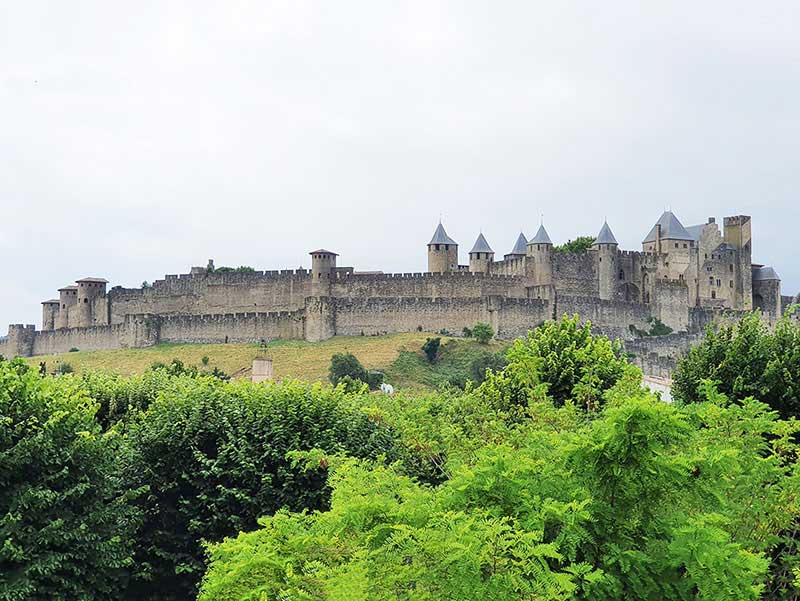

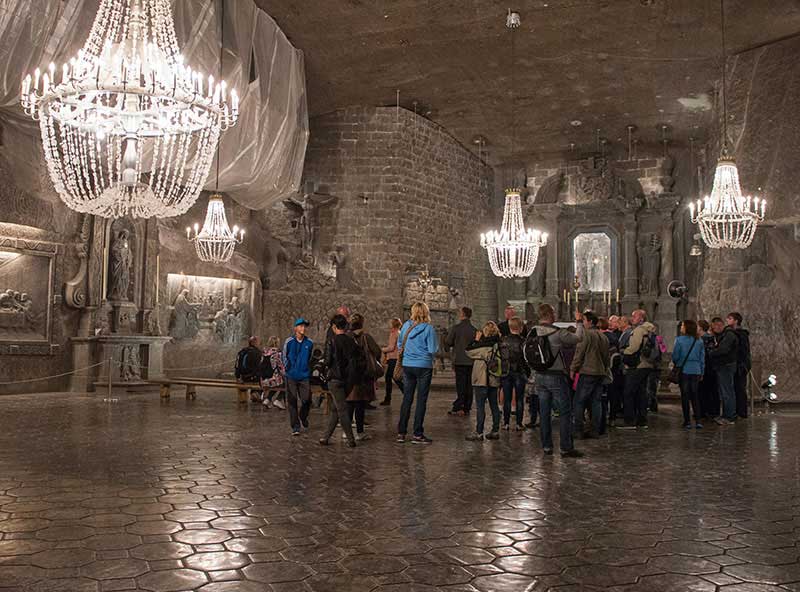


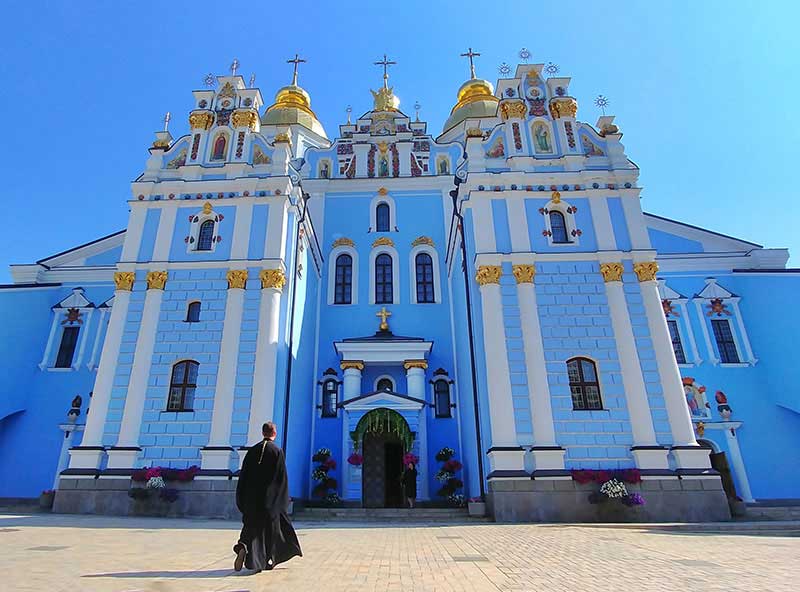
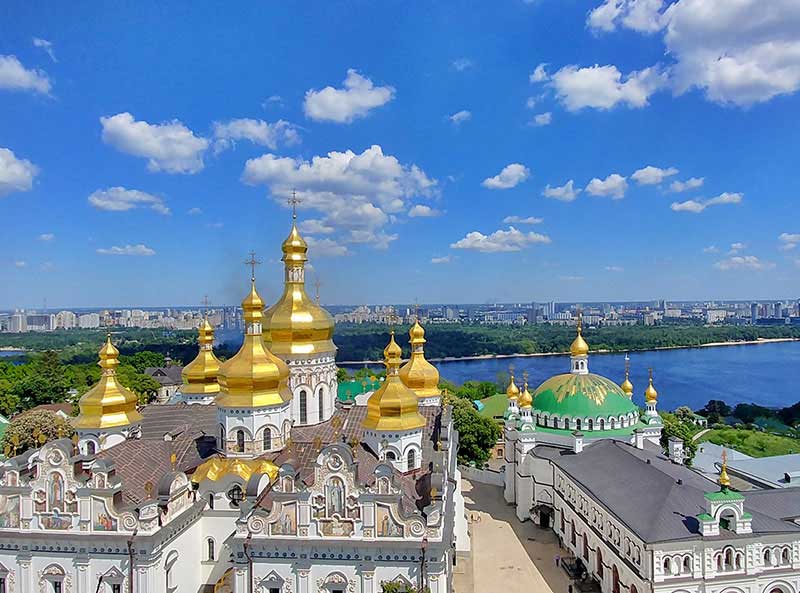


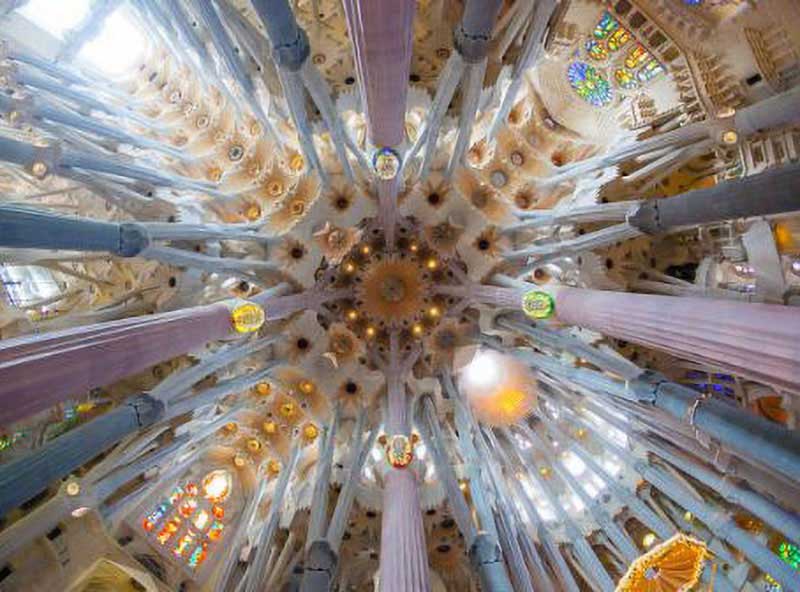




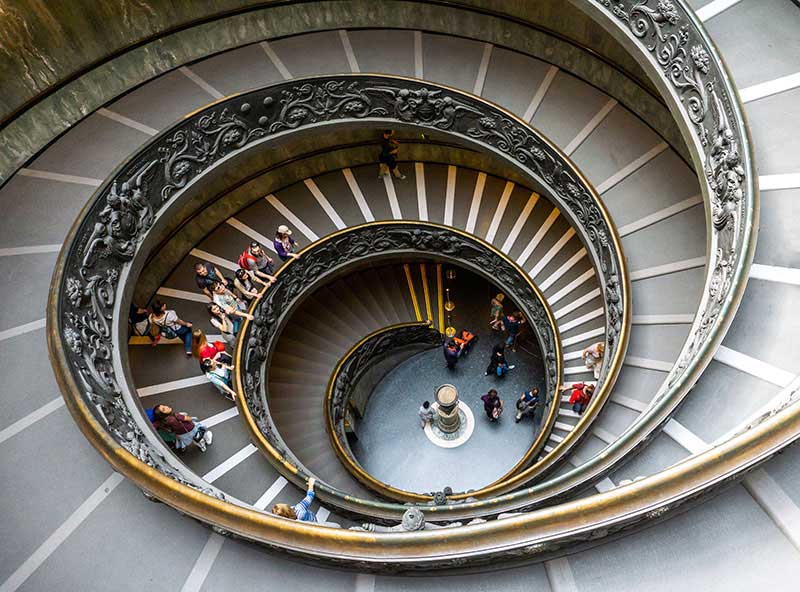








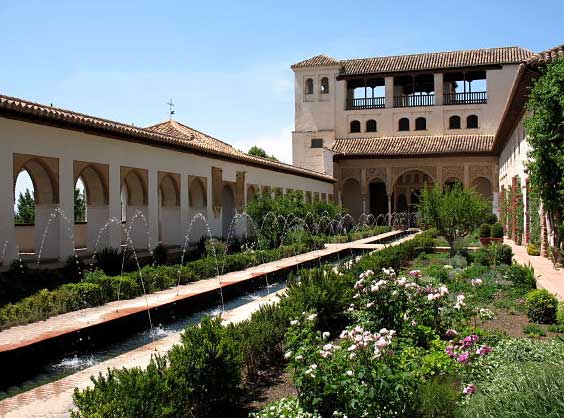



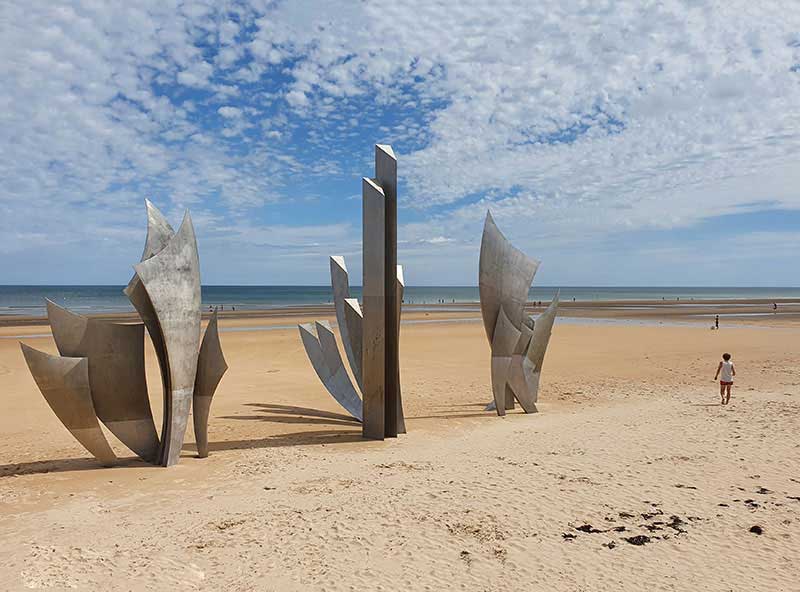


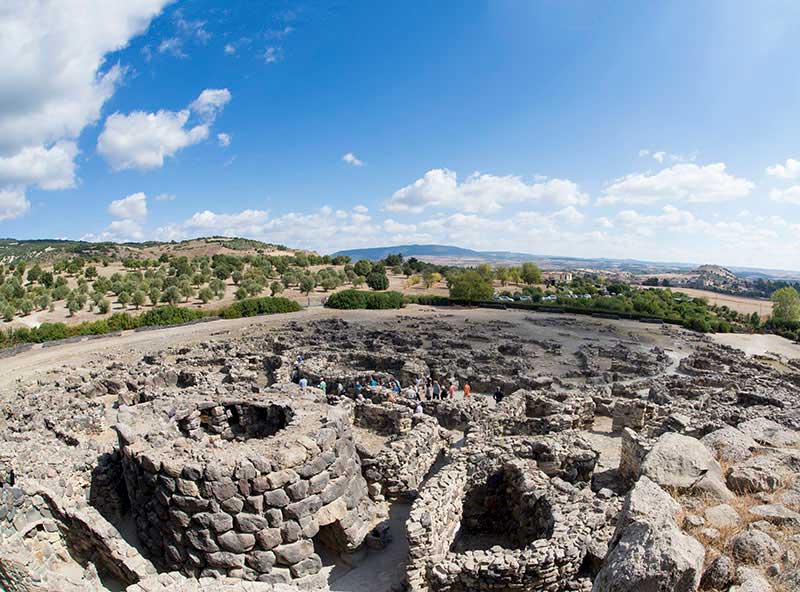

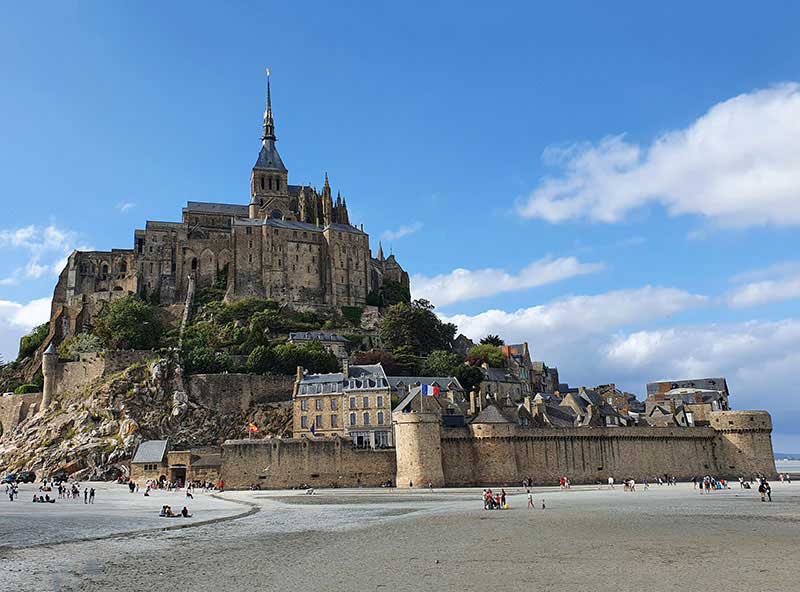





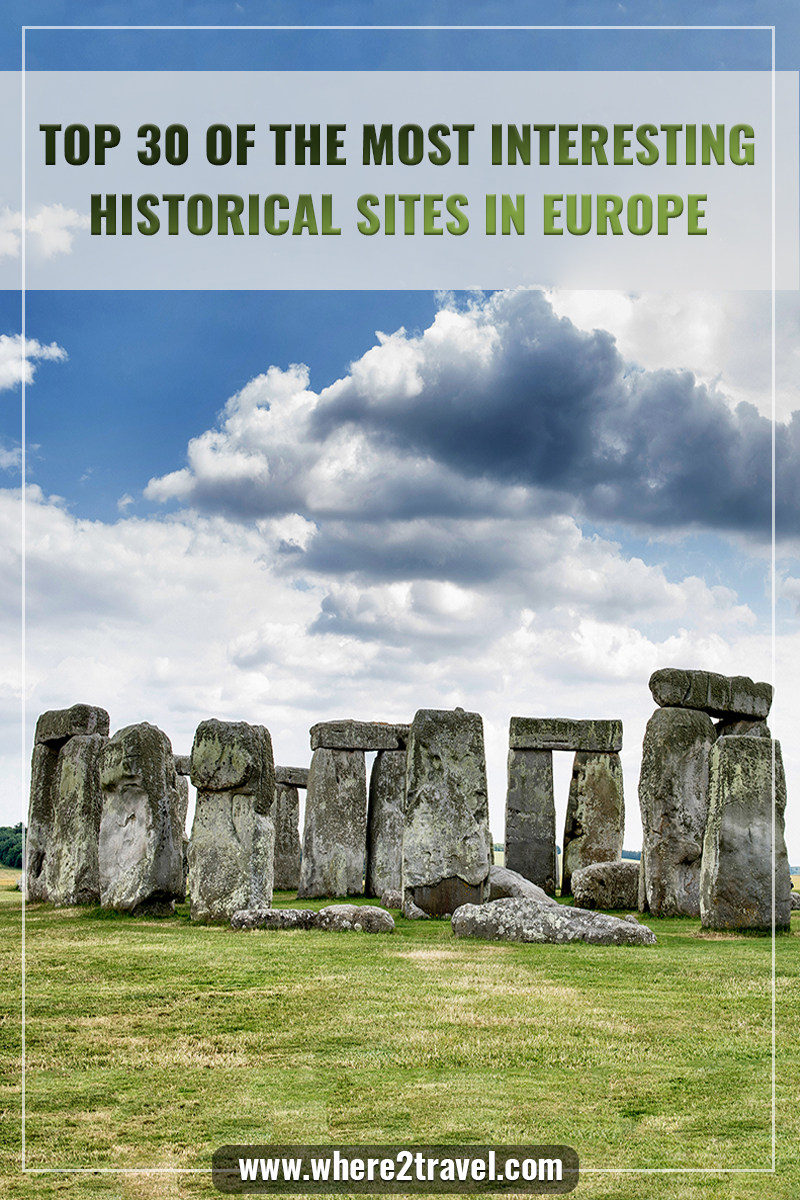

0 Comments